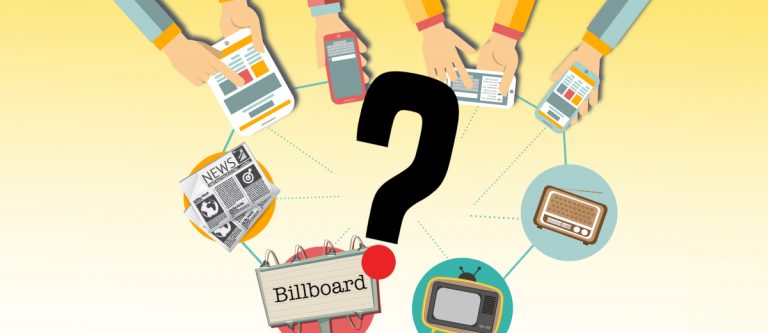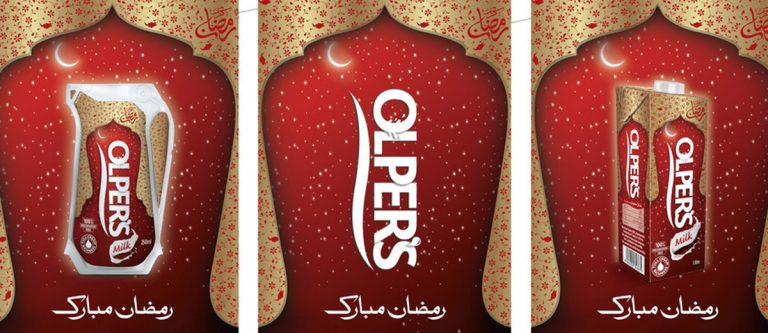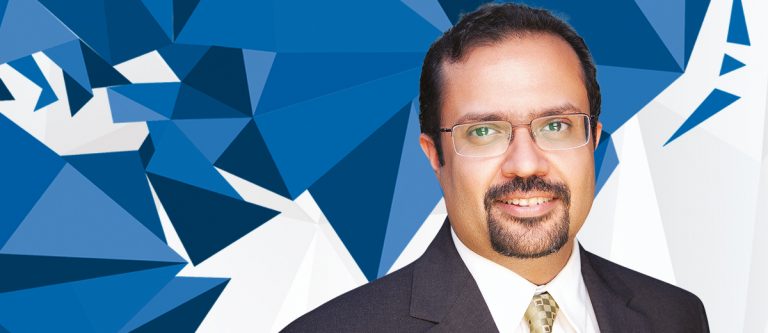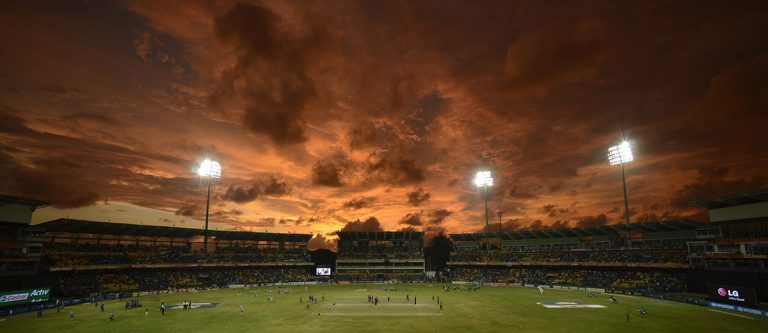Media Research has always been a matter under debate. What initially started as TV tracking with Adtrack in the late 80s has evolved into a plethora of information in the vastly expanded universe of media expansion. This article by Ali Raza Merchant reviews insights on whether the current evolution of media offers any real value or is it just another fad that is building up on the media horizon in Pakistan.
When I look at the number of media vehicles available today, it kind of stuns me. The quest of the human race has been a major source of inspiration for the geometrical expansion of media sources through which a consumer may be reached, through touch points today. When I was a child there was only one TV channel (PTV), One Radio Channel (Radio Pakistan), very few News Papers (Dawn, Jang and maybe a few more) and Cinema (a dying medium at the time). Life was simple and one never thought that there was ever any real need for conducting research about how many people were watching, listening or reading. In summary, media was more common sense and no one ever thought that there is a need for knowing more about viewership.
In the 80s & 90s there was a gradual expansion in TV, Radio & Print, where new players started to make an entry into consumer’s lives. The expansion of Cable was perhaps one of the major turning points, as it increased the overall time spent by an average viewer on entertainment programming that had never been available in such abundance. FM radio also brought about a new era in the presentation of content and Outdoor Media mushroomed from small to mega sites across Urban and Rural Pakistan. All of a sudden there were structured and unstructured new platforms available to communications and media experts for reaching out to consumers.
Though these were exciting times for Marketing and Advertising Professionals, there were many new questions that were building up fast, requiring clear and precise answers. Out of these, the most relevant question for everyone was, were the adverts being released by ad or media agencies actually being broadcast in the right numbers and at the right time as per schedule? In essence, what planners were really interested in was media tracking. This actually made sense, as tracking was the starting point of precise media reporting.
In the last 15 years or so, there has been a major shift in media consumption patterns mainly due to the Digital Media expanding exponentially. The fact that the choice and control of media viewership is now in the hands of the consumers, it is much more complex than it was ever before. But before we enter into the debate of how we should address the digital media landscape, let’s once again scale back to where the Pakistani Media Research is offering solutions for media planners.
The biggest challenge in Pakistan has been to find authentic and reliable media tracking sources in highly unstructured media industries which include cable and outdoor. Furthermore, radio advertising was always an enigma, as there was zero existence of tracking as the cost versus benefit ratio was never a viable factor for implementation. It is heartening to see that today, there are new media evaluation solutions being offered by new players. I am sure media planners can now feel much more at ease when they justify the allocated spend to their clients, which is backed by solid facts and figures.
Having said that, I believe that it is also important to address one real question that still hovers in the mind of all marketing practitioners; “Do these numbers really make any sense?” The answer to the question is whether the information is of any benefit to the users. Is it information for the sake of information that is defined as GIGO (Garbage in – Garbage out) or is it of some benefit? I personally believe that some information is better than none, as it leads to the process of refinement and corrections as we go through it. Just imagine that media reporting can now offer some real answers on Cable, Outdoor and Radio Media spends. To me this is a new frontier for all media spenders and evaluators, as the billions of Rupees spent on these platforms are now not only justifiable but also measurable in terms of impact and customer segmentation. Now marketers can tap which 50% of their budget is being wasted and how they can divert those funds towards effective media vehicles.
I would however throw caution to the wind with access of all the new media measurement tools available today. We must start our premise to the discussion on what are the important aspects that have to be in place when we are at the receiving end of media research. As we delve into this discussion, let us review the following factors and see if the available information sources measure up against desired KPI’s.
Reliability of Data
As a marketer the first and foremost question is, “How reliable is the data?” My personal experience with media research is that many times the core concept of the research is excellent yet the methodology, the procedure, quality control in data collection and data entry are not up to mark. The best ideas are as good as how effectively they are delivered. It is, therefore, important that to ensure reliability there are independent and neutral sources of quality checks that allow end users to be confident of the information. In other words, if research is to be authentic it must be subject to independent audit.
Relevance of Data
Sometimes an ocean of data is the worst place to begin, as it makes it difficult to access relevant, purposeful and actionable information, desired by decision makers. My own experience in this regard is to begin with end deliverables so that it enables media researchers to structure the content in accordance. I still remember that during my tenure in the tobacco industry, I was at times at cross roads to make sense and use of the data that was presented in multitudes of variables which actually made no sense to me. If tables, pie charts and bar graphs are there to look good in a presentation, please muster up the courage to remove them and focus on the actionable aspect of the information.
Cost versus Benefit of Data
This is one of the factors that have always been the biggest hindrance in getting media research companies to invest into specialized media research tools. It is important to understand that for any research set up to be effective it must be offered the initial set up cost to fund the infrastructure so that the right measurement tools are in place. Media users cannot cut corners by showing willingness to pay only for variable portion of the research content and deny their contribution to the former. It is unfortunate that at times there is a penny wise, pound foolish approach shown by the marketing fraternity. Just imagine that if marketers are not willing to spend up to 5% of their media spend towards research, they are putting the remaining 95% at risk as it might be spent on media vehicles that are a total waste.
Willingness to Accept Data
We cannot deny the fact that each and every one of us has pre-conceived notions about how things work. These biases are simply based on our personal inferences and deductions of our own lifestyles, value and belief systems. However, we must understand that when dealing with customer segments and profiles, our own lenses of perception are the most irrelevant and should not be allowed to taint the real outcome and results. This was very aptly put by one of my colleagues who termed this is the “Drawing Room Approach”. The means that we form opinions about consumers by sitting in our own place of work, in our own settings without considering the factors that the specific target segment is exposed to.
Willingness to Take Corrective Action
To me this is the most crucial factor in the decision making process. When we commit ourselves to any course of action, it is not necessary that we need to live and die by it. The course of action, in its true meaning, is only the route that we are taking in the process of reaching to the end destination. Our commitment, therefore, should not be on what and where we spent the money and stay loyal to it, but to keep focus on achieving the results that we set as benchmarks. It takes a lot of courage for a professional media planner to accept that previous actions did not have desirable results and it is time to make changes in the new plan.
Media research is as good or bad as our intentions towards it. If we are sincere towards the cause the cause becomes sacred and leads us to new dimensions that we have never considered or thought of before. However, to be able to be true to the cause one should be willing to learn the nuts and bolts of the process and have an open mind. We must have trust in the process or else it is all in vain – A waste of time, resources and effort.








